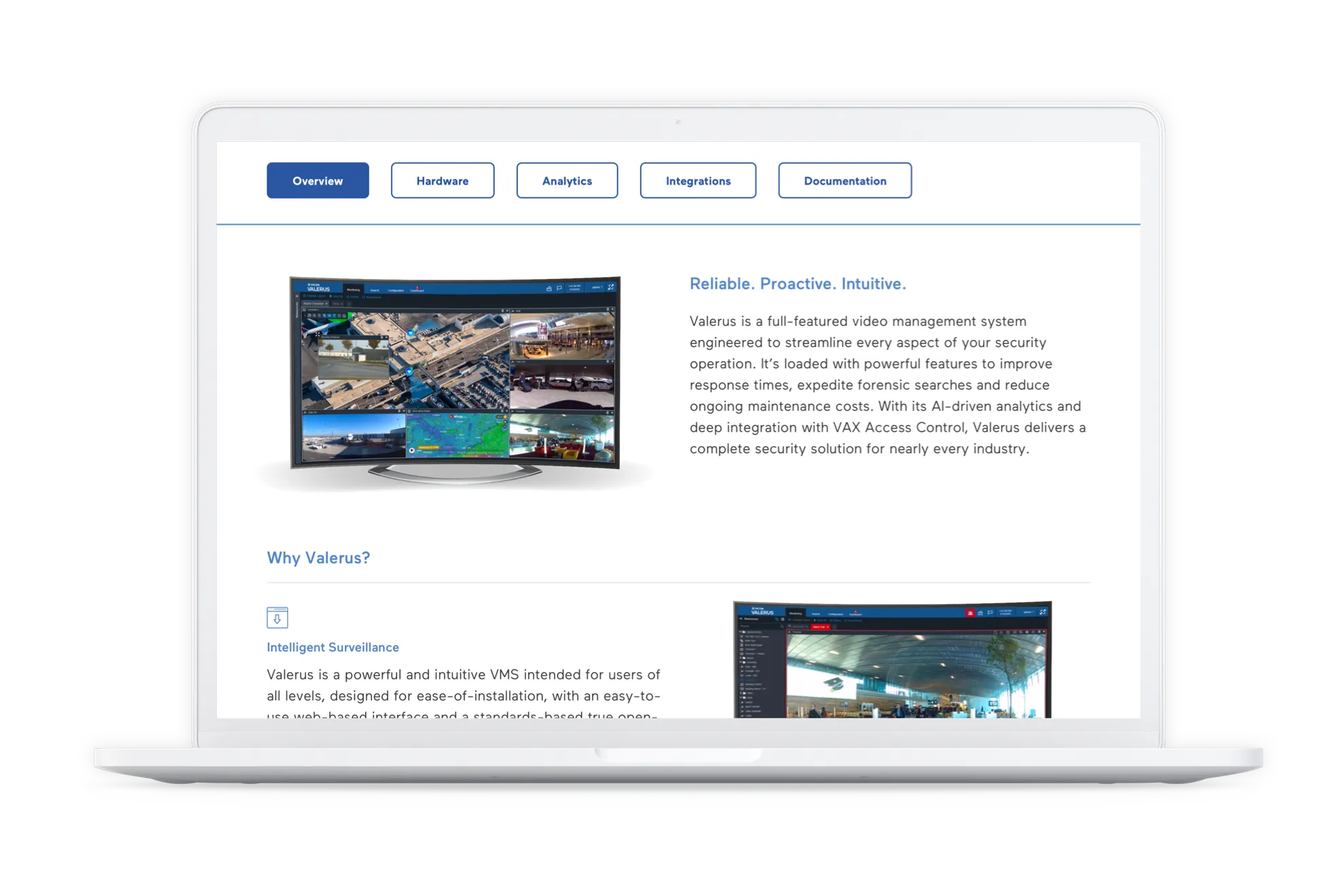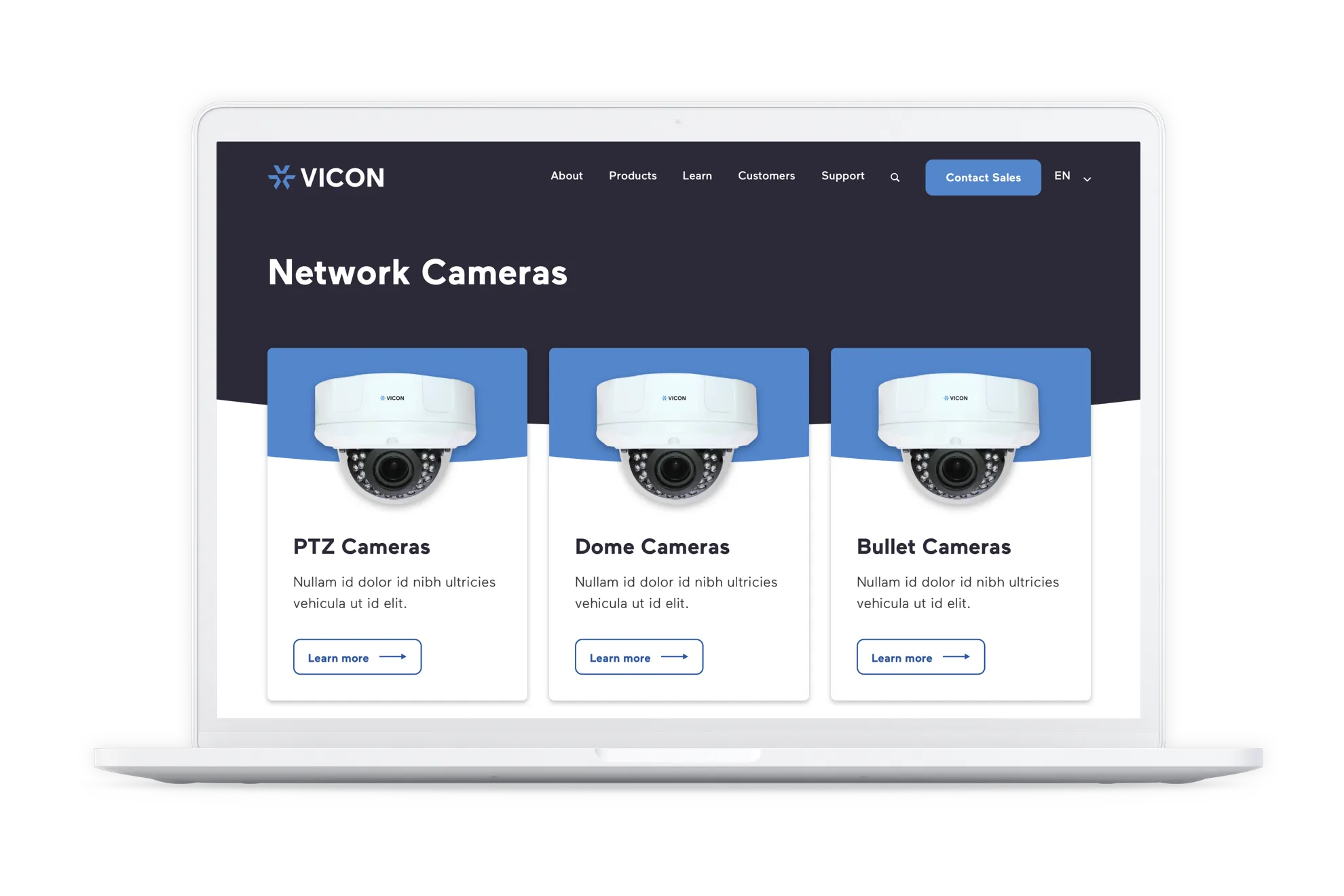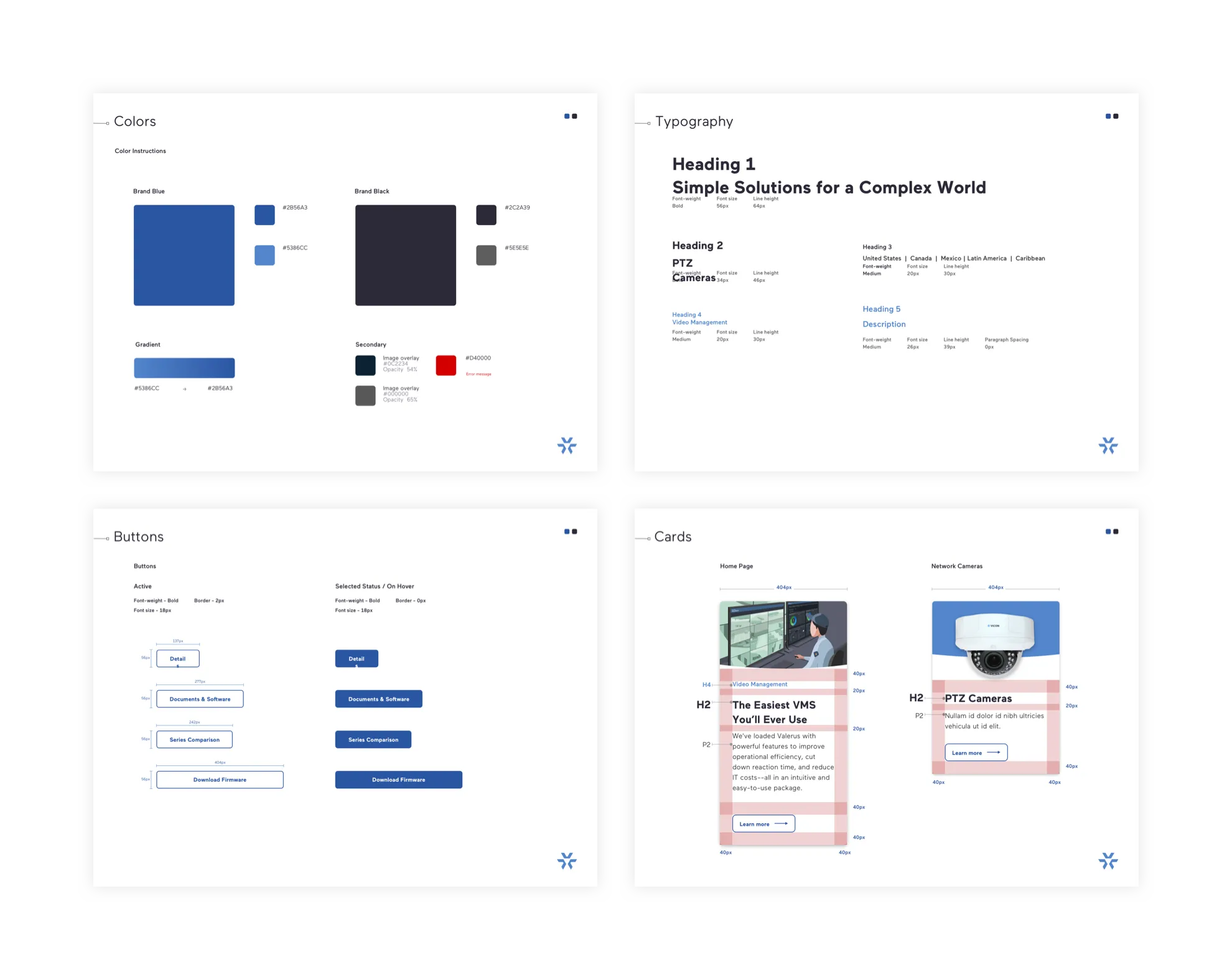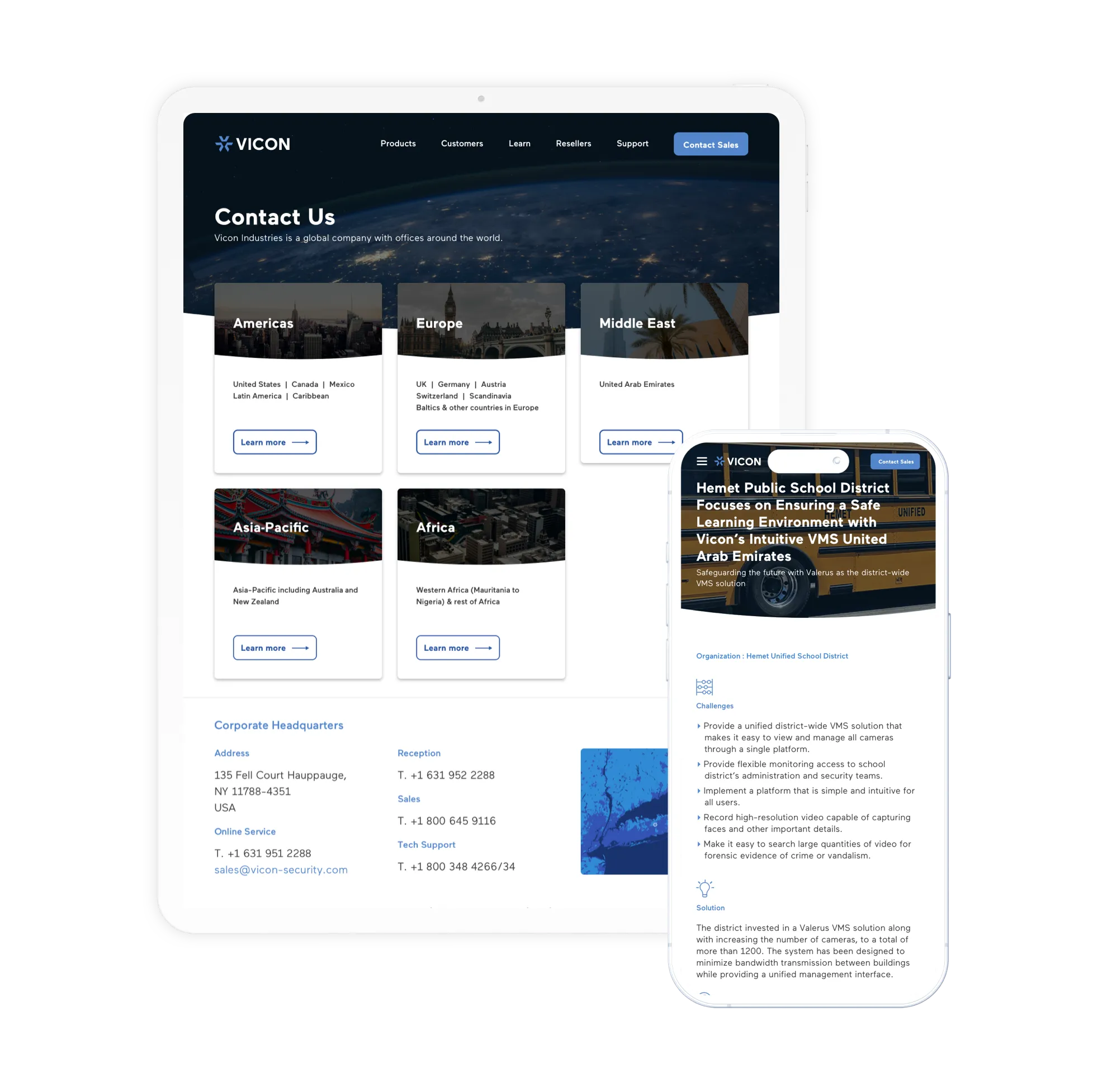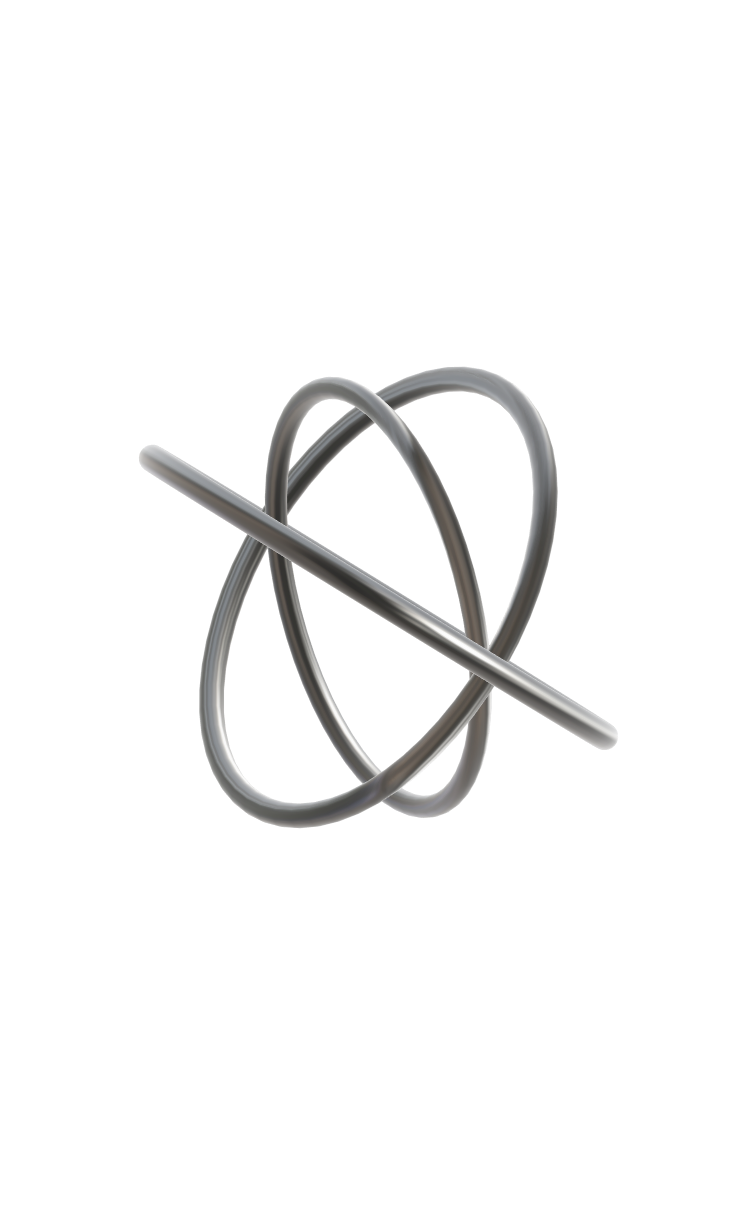As a leader in surveillance technology for over 50 years, Vicon Industries has a rich history of innovation. They had developed technologies that are standard today and you can find Vicon cameras in many government and large-scale operations.
Yet, despite Vicon’s rich history, their branding hadn’t evolved in over a decade. By the time they were acquired in 2018, they were considered a “dinosaur” in the industry – old and out of touch with the latest technology.
And their website didn’t help with the image. Since the company didn’t have in-house developers, they built the website on a popular WordPress template, but as their digital marketing began expanding it became clear the standardized template couldn’t meet the demands of their customers and sales team.
